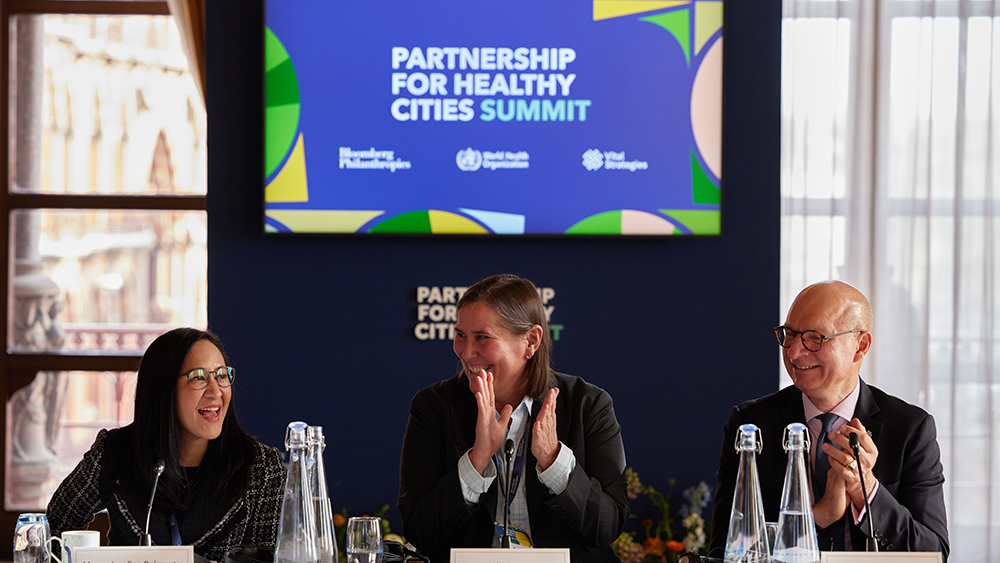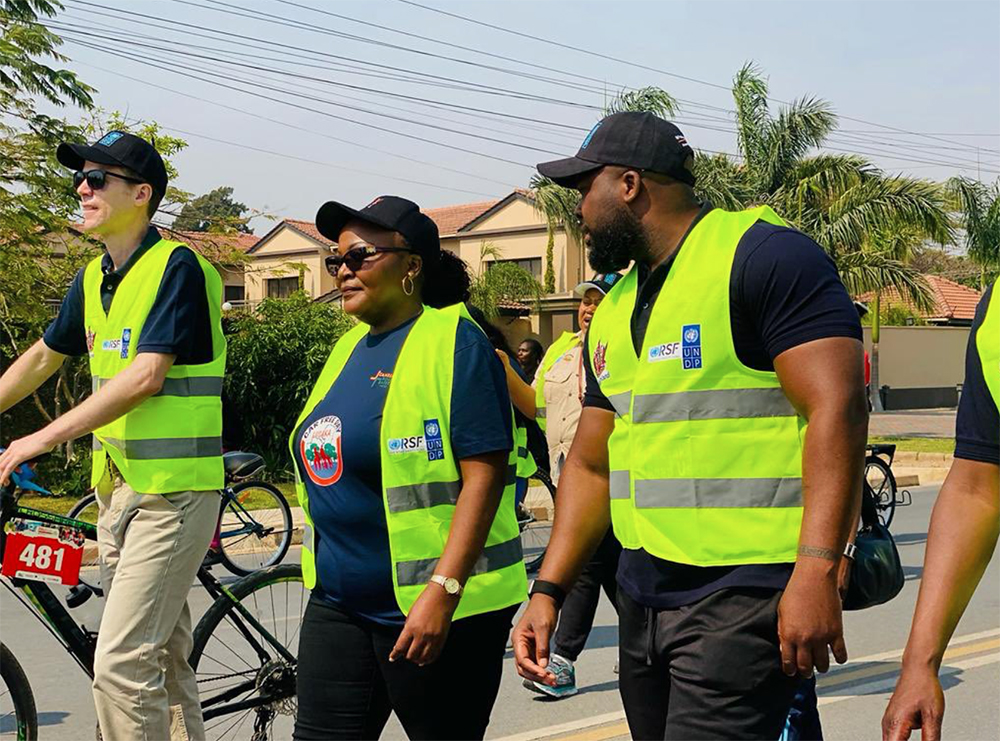
By José Luis Castro, President and CEO of Vital Strategies
As the Danish urban pioneer Jan Gehl put it, “First we shape the cities – then they shape us.”
For over 35 years now, that is exactly what communities around the world have done through the Healthy Cities movement.
In the mid-1980s, leaders were increasingly looking ahead to the next century and the complex health and environmental challenges of an increasingly urbanized world. A new movement was born: a global push to place health and well-being at the very center of our cities.
Recently I was in Utrecht with leaders from around the globe for a gathering convened by WHO Europe to celebrate the past 35 years of city leadership on public health—and to chart where we go from here, in a post COVID-19 era.
The central idea behind Healthy Cities is simple: Our environments shape the health and quality of our everyday life. So much of our attention is focused on legislative debate in distant capitals. But it’s in our cities and hometowns where the big decisions are actually implemented.
From cities like Copenhagen integrating cycling into the transport system to Curitiba emerging as a model of sustainability in design, cities have become labs of innovation for new ideas that can then be scaled nationally.
Half of the world’s population lives in cities, and that number is only poised to grow, particularly in Europe, where 80% will soon reside in urban areas. The United Nations forecasts a surge of 2.2 billion more city dwellers by mid-century, especially in rapidly growing regions like Asia and Africa.
The looming question is: What kind of cities will future generations inherit?
We don’t have any time to lose in tackling problems like those laid out in the 17 Sustainable Development Goals, which demand urgent focus and resources.
At a time when trust in leadership have fallen to new lows, when so many elected officials are mired in endless debate and corporate executives are stymied by red tape, city leaders have stepped up and delivered. Our city leaders live among their constituents. You can’t ignore the problems that are right outside of your window—whether it’s piles of trash or deteriorating roads—and expect to stay in office for very long. Cities have a bias for action.
For example, in Zambia, more than 70% of school-age children walk to school each day—and too many lose their lives to road crashes. But in Lusaka, with support from Vital Strategies’ Partnership for Healthy Cities, the community took action to improve safety in areas surrounding seven schools with infrastructure upgrades and reducing the speed in school zones.

In Argentina, almost 50% of schoolchildren consume sugary drinks at least twice a day, sometimes more, at great risk to their long-term health. In response, the city of Córdoba launched a “Córdoba Chooses Water” initiative, which included installing more water fountains and placing a ban on soda advertising.

Over the past decades, the movement has evolved and adapted to address emerging problems, from epidemics to natural disasters. Today mayors and city administrators play an outsized role in helping our communities prepare and adapt to the climate crisis.
At Vital Strategies, we collaborate with governments globally to fortify public health systems and reimagine evidence-based solutions for the greater good. We have long argued that we must broaden our aperture when it comes to public health, which has long been seen as solely the domain of doctors, nurses, and first responders.
In fact, public health is much more. It’s warning labels on cigarettes. It’s protecting our air and water. It’s enabling widespread access to quality nutrition. And it’s building bike lanes and implementing speed limits to keep people safe.
In sum, it’s countless small decisions that we make together. And if we can re-orient our cities toward placing public health at the center, just imagine what we can accomplish in the next 35 years.
In 2017 we joined with Bloomberg Philanthropies and the World Health Organization in launching the Partnership for Healthy Cities. This initiative unites 73 cities—most recently welcoming Nairobi, Osaka and New York. Each city is committed to combating injuries and noncommunicable diseases, which account for nearly three-quarters of deaths globally.
The Partnership prioritizes knowledge exchange, resource-sharing, and collaborative learning among cities, going beyond traditional public health to encompass multiple sectors like transportation, education, housing and planning.
Cities have always been at the very heart of political, cultural and economic opportunity. Our ongoing challenge is to ensure that all of the incredible work underway at cities around the world doesn’t happen in siloes. There’s so much we can learn from one another if we work together across cities and sectors.